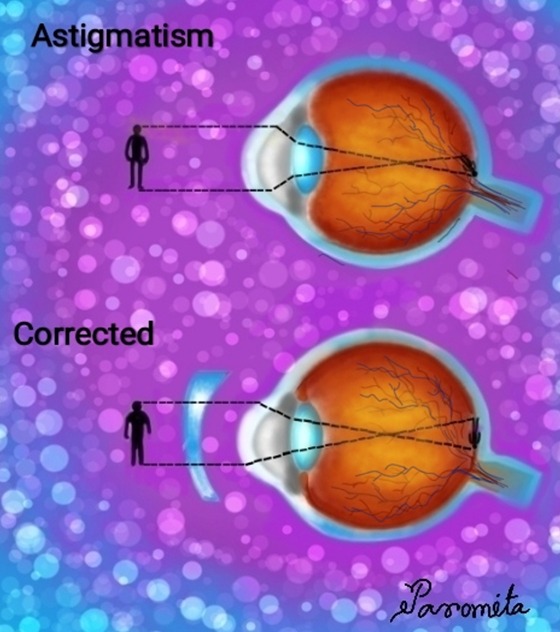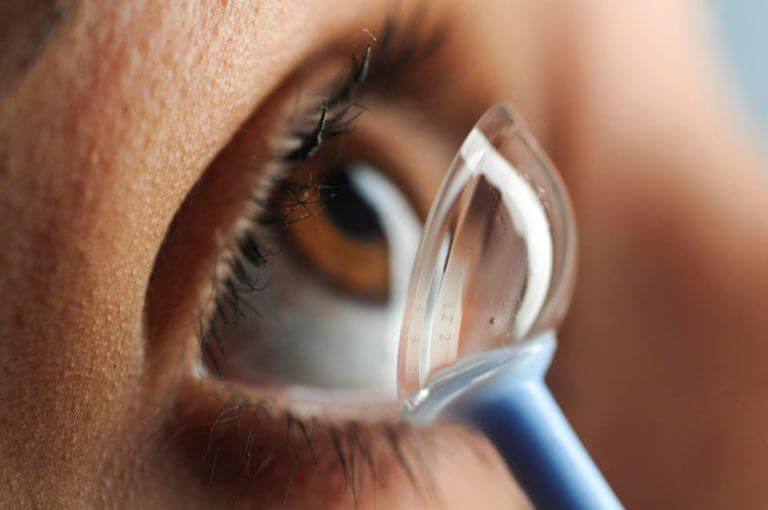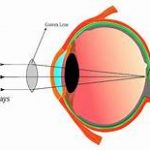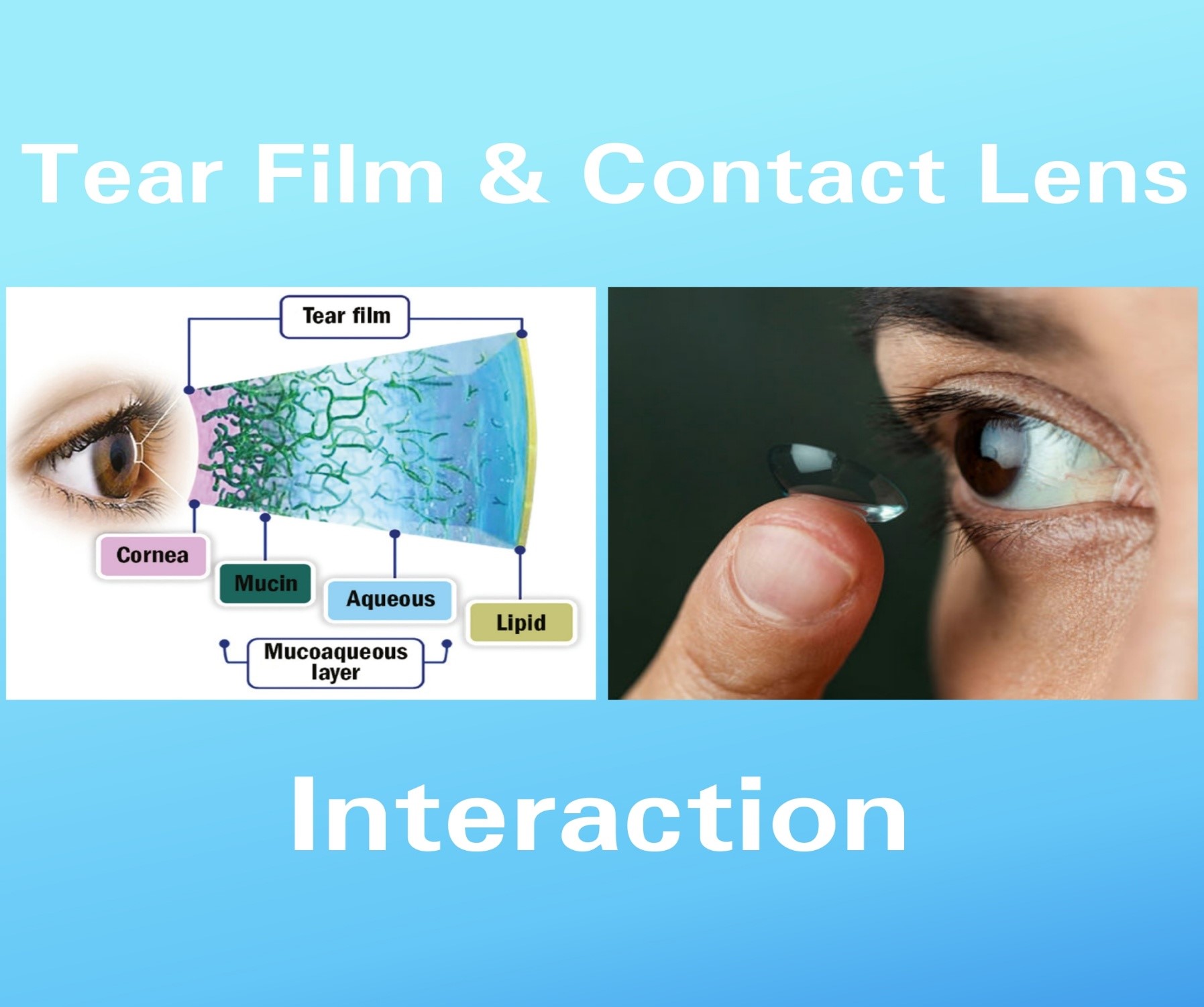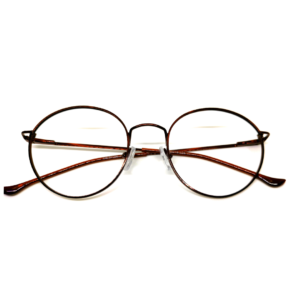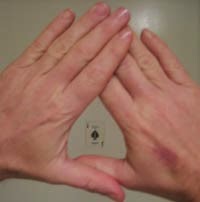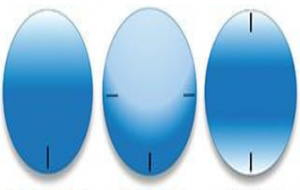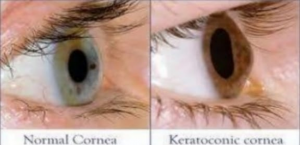As technology improve the material and designs of CL wear as
benefit from greater flexibility and more choices.
Extended wear contacts are, most typically, contact lenses that
can be worn continuously for up to six nights and seven days. With the
advent of silicone hydrogel lenses, which are better at letting oxygen
through the lens to your eyes, there are now also continuous wear
contacts that can be worn up to 30 days straight.
The main criterion for an extended wear contact lens is oxygen
permeability. While you sleep, the only way for your cornea to get the
oxygen it needs to stay healthy is from the blood vessels in your
eyelids.
ADVANTAGES:
Extended wear contacts can be really helpful for:
People with unpredictable or highly active lifestyles.
Military personnel or outdoor enthusiasts, who aren’t always able to
properly clean or handle their lenses, benefit from extended wear
contacts that can be left in for long periods. This is also true for
emergency and shift workers.
People with binocular vision abnormalities.
Some problems with binocular vision, including amblyopia, are better
addressed with continuous vision correction.
People with especially bad vision.
Some wearers with high refractive errors (near- or farsightedness or
astigmatism) find it extremely helpful to be able to see clearly at all
times, especially when waking up unexpectedly at night.

DISADVANTAGES:
Your eyes rely on a steady stream of tears and plenty of oxygen to stay
healthy. Extended wear contacts can prevent one or both of these elements from
reaching delicate tissues. When that happens, a host of problems can set in.
Infection is a major concern associated with extended wear contacts. The most
common type of infection seen in contact wearers is ulcerative keratitis — a
very painful infection that can erode the outer layers of the eye. The
American Academy of Ophthalmology says the risk of this infection is 10 to 15
times higher in people who wear extended contacts, compared to those who wear
daily versions.
Sleeping in your contacts increases your infection risk, doctors say.
Taking them out while you sleep, even just once or twice per week, could help
to lower your risk. Contact lens companies say that signs of trouble include:
Eye discomfort.

Redness.
Vision changes.
Watery eyes.
Extended Wear Contacts & Astigmatism
People with astigmatism have eyes shaped more like footballs and less like
baseballs. The unusual eye shape bends light before it enters the eye, and
that can lead to speckles and spots of blurriness. In the past, people with
astigmatism were encouraged to stick with glasses. Doctors can develop lenses
made to amend the unusual eye shape, and since the lenses don’t move with each
blink or eye movement, the correction stays constant. That’s not always
possible with contacts. The American Academy of Ophthalmology says that hard
lenses tend to work better in people with astigmatism, compared to soft
versions. But other options include:
Toric lenses: These products are weighted, so they tend to stay in place
despite blinks and eye movement.
Gas permeable lenses: These are thick and firm lenses that can push on
the eye and amend unusual shapes.
Hybrid lenses: These combine elements of toric and gas permeable
products.
Contact lens developers have created products for astigmatism, and some are
made for extended wear. For example, Bausch and Lomb has a product called Pure
Vision 2 that can be work for up to 30 days, and it’s made to alter
astigmatism problems.
Risk Of Extended Wear Contacts
Research has shown that the risk of eye infections is higher among
people who sleep while wearing contact lenses.
Wearing contact lenses continually ( day and night) increases this
risk because bacteria and other potentially dangerous microorganisms
can adhere to the lenses and get trapped between the lenses and your
eyes.
These microbes thrive in the warm moist environment under your contact
lenses, especially when your eyelids are closed during sleep. And
because contact lenses reduce the oxygen supply to the front surface of
your eyes ( corness) your eyes are less able to fight off corneal
infections.
Contact lens-related infections can range from an annoying case of pink
eye to more serious conditions such as Acanthamoeba keratitis and
fungal eye infections that can cause permanent vision loss.
If you wear contacts continuously for several days. Your risk of these
problems increases significantly.
On the bright side, advance in extended wear contact lens materials has
reduced this risk significantly ion recent years. For example:
Most modern extended wear lenses are now made with silicone
hydrogel materials that allow significantly more oxygen to pass
through the lenses to your corneas than previous EW lenses. This
decreases the risk of hypoxia that makes the cornea more
susceptible to inflammation and infection.
Nearly all soft lenses prescribed for extended wear today are
disposable contacts that are designed to be discarded after one to
four weeks of use. More frequent replacement of EW lenses reduces
the build-up of proteins, lipids and other lens deposits that
cause eye hospitable environment for the growth of infection-
causing microorganisms.
Extended wear lenses also are available in rigid gas permeable
(GP) lens materials. Some eye wear because these rigid lenses
cover less of the eye. Also, extended wear GP lenses move more
freely with each blink, so there’s less risk of debris and
infection-causing microbes getting trapped under the lenses.
To further reduce risks of continuous wear of contact lenses, many
eye care practitioners are recommending “flexible wear” of extended
wear contacts (rather than wearing the lenses for several days without
a break).
In flexible wear, disposable EW lenses usually are removed at night
before sleep , but can be worn overnight occasionally- during a weekend
camping trip, for example or for daytime naps.
Though flexible wear is not quite as convenient as extended wear
(proper lens care using an approved contact lens solution is required
each time the lenses are removed). It may be less risky than full
extended.
READ MORE ARTICLE:

